S-30 through S-41

Design and Construction Notes
These boats suffered from the same engine problems as the Quincy built boats, with their introduction into active service being greatly delayed until the solution of a larger diameter crankshaft was decided upon and implemented. Once fixed, these boats provided great service to the fleet, and they could be found in every theater that the U.S. Navy operated in.
The initial lack of adequate numbers of fleet boats meant that the Navy relied heavily on these submarines in the early months of the war. Most made many war patrols, with the high operational tempo being very hard on these then 20 year old submarines. Two of them were lost. The remainder served until the end of the war, receiving many upgrades like air conditioning, radar, rebuilt superstructures, and additional guns. The remaining boats were quickly discarded at the end of the war, but they had proved their worth by stepping up for war duty when called for.S-30 (SS-135)
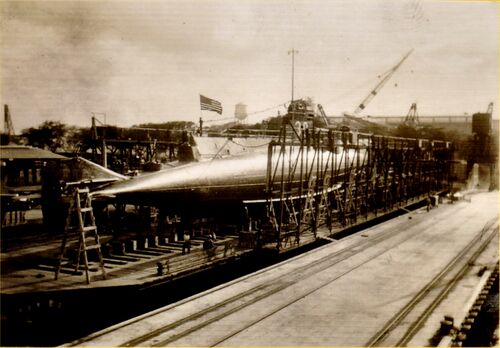
S-31 (SS-136)
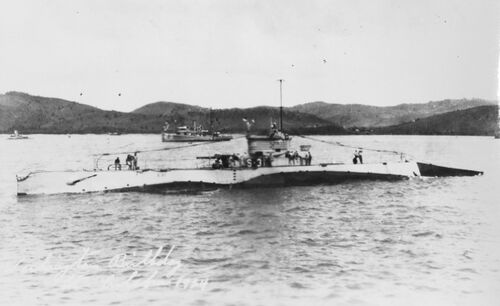
S-32 (SS-137)
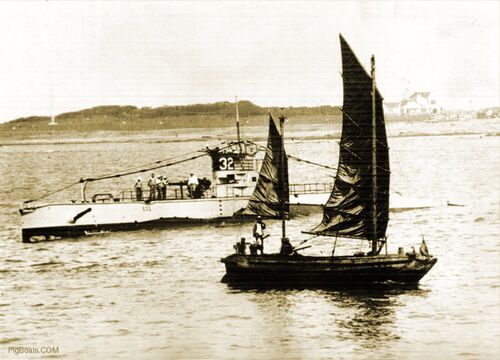
The photo is captioned on the back and states that the submarine is "...now stationed at Manila..." and dates February 1, 1932. Though this same exact photo is seen in a newspaper story in late 1928 and says it is at Tsingtao (now Qingdao), China.
It is likely that the photo was taken in 1928 in or near a Chinese port.S-33 (SS-138)
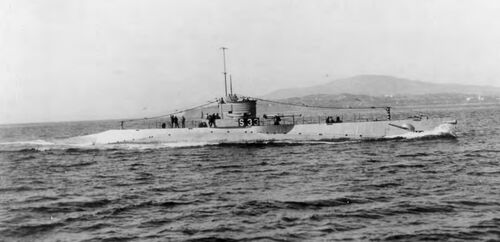
S-34 (SS-139)
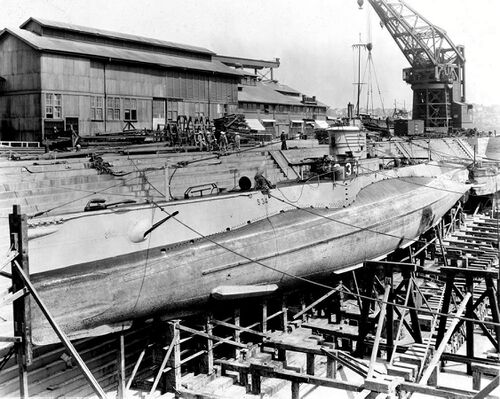
S-35 (SS-140)
S-36 (SS-141)*
S-37 (SS-142)
S-38 (SS-143)
S-39 (SS-144)*
S-40 (SS-145)
S-41 (SS-146)
Page created by:
Ric Hedman & David Johnston
1999 - 2023 - PigBoats.COM©
Mountlake Terrace, WA, Norfolk, VA
webmaster at pigboats dot com